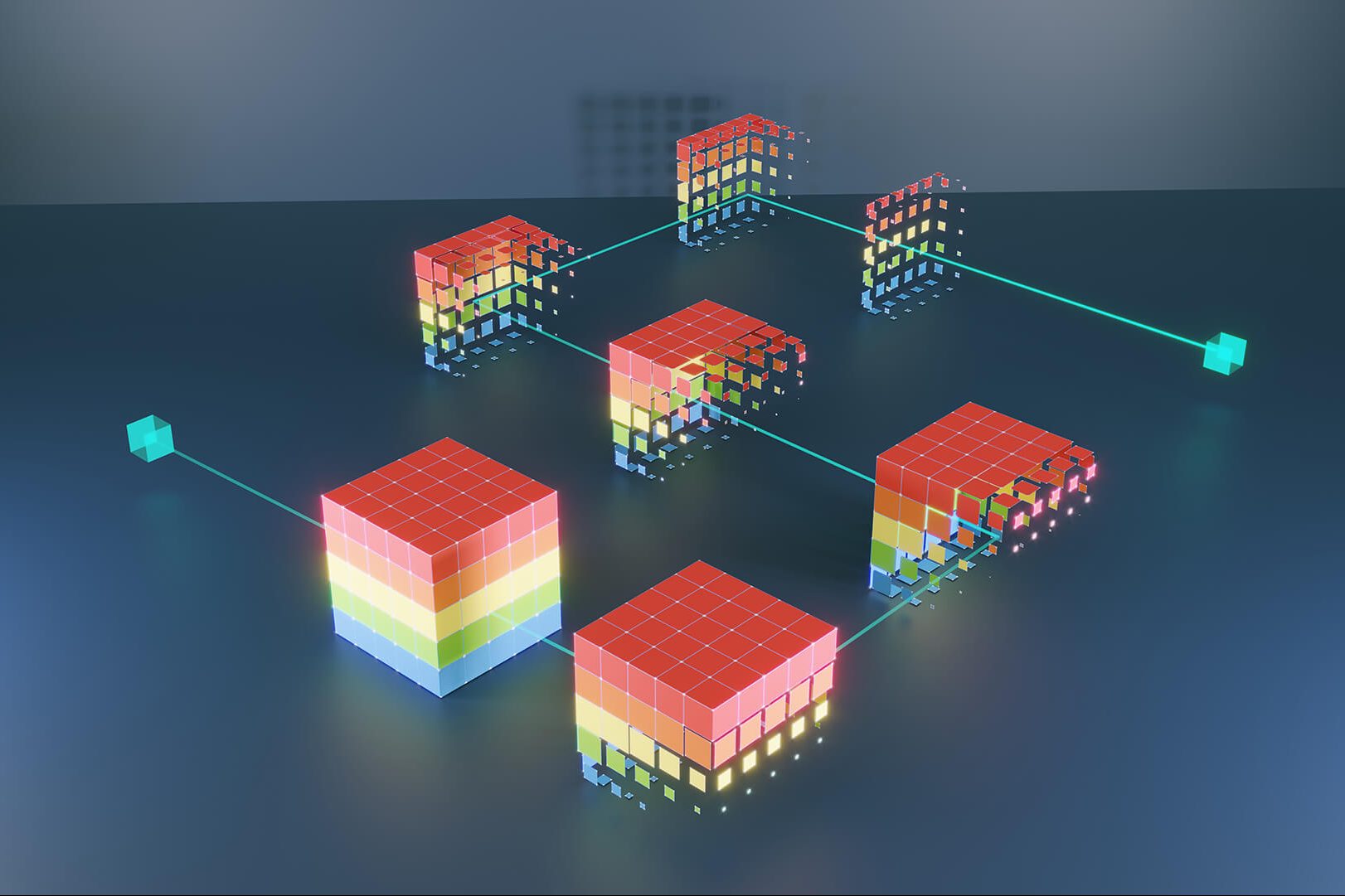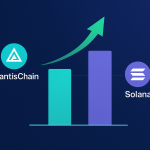NFT & Blockchain
Blockchain: A Revolution in Finance and Beyond

Blockchain technology is a distributed ledger system that allows for secure, transparent, and tamper-proof transactions. It is the underlying technology behind cryptocurrencies such as Bitcoin, but it has the potential to revolutionize many other industries, including finance, healthcare, and supply chain management.
How Blockchain Works
Blockchain is a decentralized system, which means that it is not controlled by any single entity. Instead, it is maintained by a network of computers, or nodes. Each node has a copy of the blockchain ledger, and all transactions must be verified by a majority of nodes before they are added to the ledger.
This makes blockchain very secure and tamper-proof. Once a transaction is added to the blockchain, it cannot be changed or deleted. This is because each transaction is linked to the previous transaction, and so on, all the way back to the beginning of the blockchain.
Benefits of Blockchain
Blockchain offers a number of benefits, including:
- Security: Blockchain is very secure due to its decentralized nature and tamper-proof ledger.
- Transparency: All transactions on a blockchain are transparent and can be viewed by anyone.
- Efficiency: Blockchain can help to streamline and automate many processes, which can save time and money.
- Trust: Blockchain can help to build trust between parties who do not know each other.
Applications of Blockchain
Blockchain has a wide range of potential applications, including:
- Finance: Blockchain can be used to create new financial products and services, such as decentralized exchanges and peer-to-peer lending platforms. It can also be used to improve the efficiency and transparency of traditional financial systems.
- Healthcare: Blockchain can be used to store and share medical records in a secure and efficient way. It can also be used to develop new healthcare applications, such as clinical trials management and drug supply chain tracking.
- Supply chain management: Blockchain can be used to track the movement of goods through a supply chain, from raw materials to finished products. This can help to improve transparency and efficiency, and to reduce fraud.
- Voting: Blockchain can be used to create secure and transparent voting systems. This could help to reduce voter fraud and increase voter turnout.
Challenges of Blockchain
Despite its many benefits, blockchain also faces some challenges, including:
- Scalability: Blockchain networks can be slow and expensive to use. This is because all transactions must be verified by a majority of nodes.
- Regulation: The regulatory landscape for blockchain is still evolving. This uncertainty can deter businesses and individuals from adopting blockchain technology.
- Adoption: Blockchain is still a relatively new technology, and it has not yet been widely adopted. This means that there is a lack of infrastructure and expertise to support blockchain projects.
Future of Blockchain
Despite the challenges it faces, blockchain has the potential to revolutionize many industries. As the technology continues to develop and mature, we can expect to see blockchain used in even more innovative and transformative ways.
Here are some specific examples of how blockchain is being used today:
- Finance: The cryptocurrency market is worth over $1 trillion, and blockchain is the underlying technology behind all cryptocurrencies. Blockchain is also being used to develop new financial products and services, such as decentralized exchanges and peer-to-peer lending platforms.
- Healthcare: Blockchain is being used to store and share medical records in a secure and efficient way. It is also being used to develop new healthcare applications, such as clinical trials management and drug supply chain tracking.
- Supply chain management: Blockchain is being used to track the movement of goods through a supply chain, from raw materials to finished products. This is helping to improve transparency and efficiency, and to reduce fraud.
- Voting: Blockchain is being used to create secure and transparent voting systems. This is helping to reduce voter fraud and increase voter turnout.
Conclusion
Blockchain is a revolutionary technology with the potential to change the way we interact with the world. It is still in its early stages of development, but it is already being used in a variety of innovative ways. As the technology continues to mature, we can expect to see blockchain used in even more transformative ways.








